
This content is protected against AI scraping.
What is the definition of a fiction genre?
It’s simply a category of literature. It determines, among other things, what shelf it sits on in a bookstore or a library.
For readers, it’s good to be aware of different fiction genres. Sometimes we can widen our horizons and read a book in a genre we don’t often explore.
For writers, knowing what genre of literature your novel falls into is so important. It helps you have a clear idea of who your audience is and what they’ll absolutely love. It makes it easier for you to market the book if you self-publish it, and easier to get a publishing contract if you want to go in that direction.
If you’re a writer, knowing your genre can also help you avoid clichés. What seems original to you may actually be done to death. But if you do find out that you are working with an over-familiar concept, no worries! You can think of ways to make it original and make it your own.
I’m including general ideas of word counts for different genres. These can vary a lot, and it’s good to keep in mind that publishers are much more likely to publish a very long book from an established author than they are from a debut author.
What if you’re inventing a new genre, or your work transcends genre? Well, it’s not all that likely. The major genres of literature are very broad, including many subgenres. Genres are often combined (for example, “scifi romance” or “young adult historical fiction.”)
Every fiction genre has traditions that are fun to tweak or subvert. It also has boundaries that you can’t cross without really making readers mad. For instance, if it’s a mystery, the case must be solved at the end; if it’s a romance, it must end in an HEA, or happy ever after.
This isn’t a complete list, but it’s some of the major ones. The lines between genres are often quite blurred, but they’re still useful. You can click on any of the examples to go to Amazon and read more about the book.
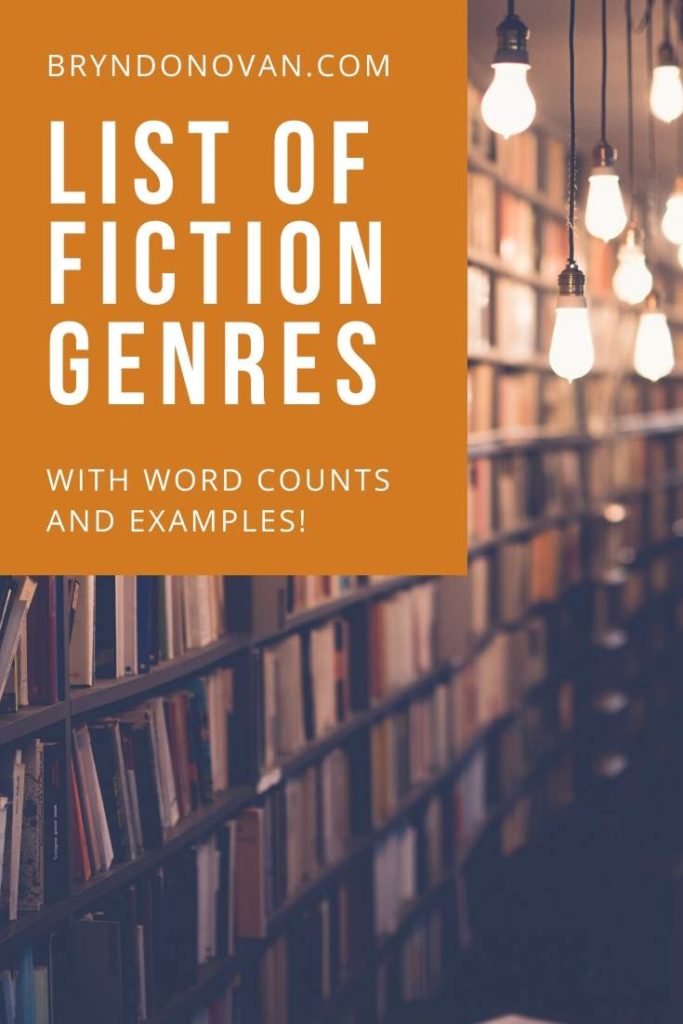
CHRISTIAN FICTION
This is any fiction that includes strong themes of Christian faith. In many works of Christian fiction, the characters overcome a crisis of faith and/or become closer to God at the end. Christian fiction may also be referred to as “inspirational fiction.”
If you’re writing one, 80,000 words is a reasonable word count target.
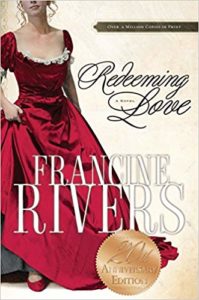
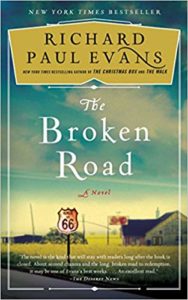
HISTORICAL FICTION
Historical fiction, very simply, takes place in a historical era. These books are often on the long side (90,000 – 120,000 words) because it takes more words to evoke another time.
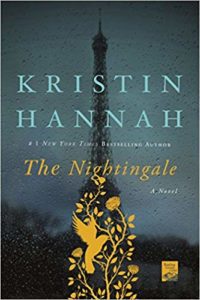
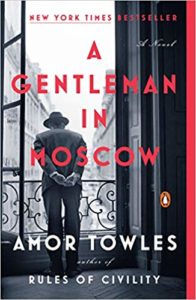
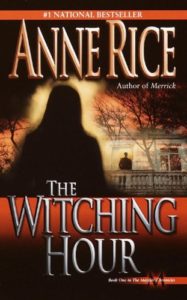
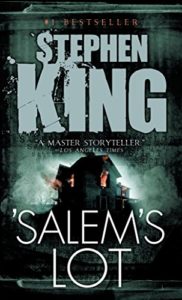
FANTASY
Fantasy novels have a lot in common with our oldest myths…which often provide inspiration for them. They generally feature adventure, invented worlds, and magic. The subgenres include high fantasy, a.k.a. epic fantasy, and urban fantasy. These books usually run long: 100,000 – 120,000 words is a good average, though some run much longer.
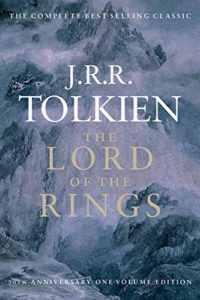
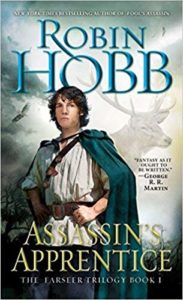
LITERARY
These novels are artistic, beautifully written, and often more challenging to read.
Here’s a pretty good discussion of the difference between literary and mainstream novels, but honestly, the border between them is very fuzzy.
These vary a lot in length, but 80,000 – 100,000 is a good range to think about if you’re writing one.
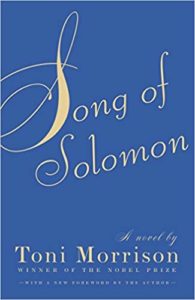
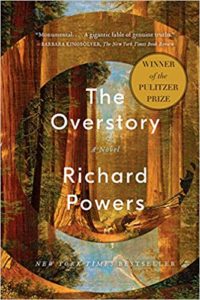
MAINSTREAM (UPMARKET)
I always think of these as “book club books.” They have literary cachet but also commercial appeal. 80,000 – 100,000 is a good length to think about here.
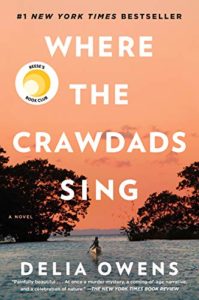
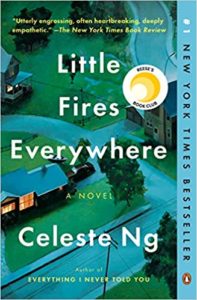
MYSTERY
Mystery subgenres include cozy mystery, noir, police procedural, and historical mystery. 65,000 – 90,000 words is a good target range.
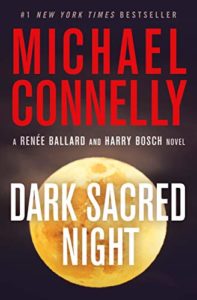
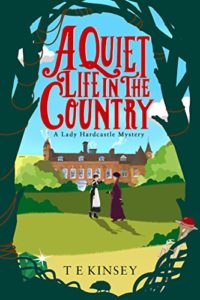
ROMANCE
This is an enormous and enormously popular genre. Subgenres include contemporary, romantic comedy, romantic suspense, historical, and paranormal. The length varies a lot by subgenre. 75,000 – 90,000 words is a good target for single title.
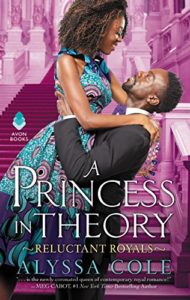
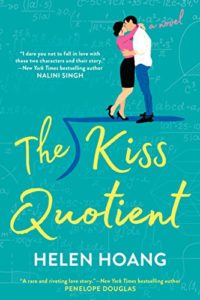
SCIENCE FICTION
Scifi novels deal with futuristic or speculative scenarios and technological advances. They tend to run long, 100,000 – 120,000 words, due to the elaborate worldbuilding. Subgenres include dystopia and space opera.
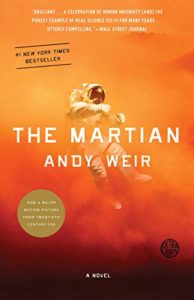
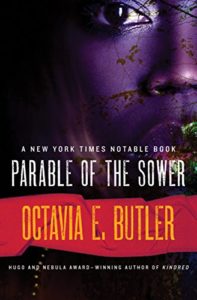
SUSPENSE/THRILLER
There’s a lot of overlap between suspense novels and thrillers. I would say the latter is more action-packed. 80,000 – 90,000 is typical for a debut.
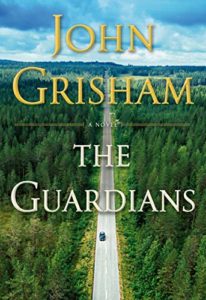
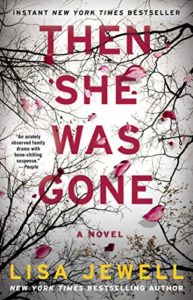
WESTERN
Westerns are a more niche genre. They deal with stories in the Western U.S., usually in the late 19th or early 20th century and usually focused on ranching and life on the frontier. These can be pretty short, 50,000 – 80,000 words, though my first example here (which is both a Western and literary fiction) is much longer.
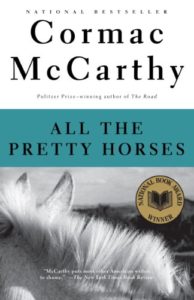
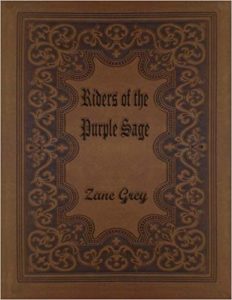
WOMEN’S FICTION
This is probably the most slippery and the most unhelpfully named of the genres. Like romance, it does tend to be written by and read by women, but it does not mean “all fiction written by women”! It’s usually defined as a story about a woman’s emotional growth or journey. Family relationships or friendships often play a big role. I believe “chick lit” is generally seen as a subset of women’s fiction. Aim for 80,000 – 90,000 words here.
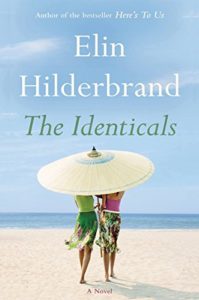
YOUNG ADULT
Young adult novels feature teenaged main characters and are read by both teens and adults. 65,000 to 80,000 words is a reasonable range here.
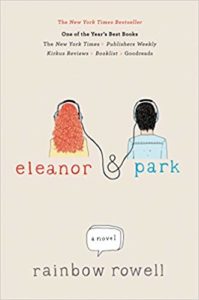
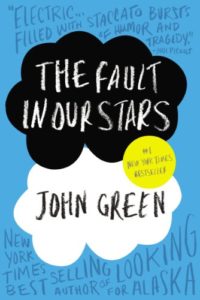
I’ve left off graphic novels because they’re so different from novels that don’t use that kind of visual storytelling. Note that categories based on identities, since as “LGBTQ Fiction” or “African-American Fiction,” are sometimes used in order to help readers who are looking for them find them. I wouldn’t call those genres, however.
If you’re in the middle of writing a novel and want to stay inspired…or if you’re interested in starting something new…check out my book 5,000 Writing Prompts! It has hundreds of prompts and inspiration for different specific genres, including fantasy, science fiction, mystery, romance, horror, and young adult.
Did I leave out a genre that should be on this list? Do you have a favorite book from one of these genres that you want to recommend! Let me know in the comments! Thanks for reading!

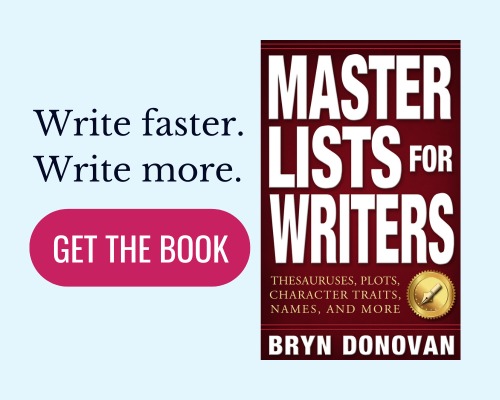
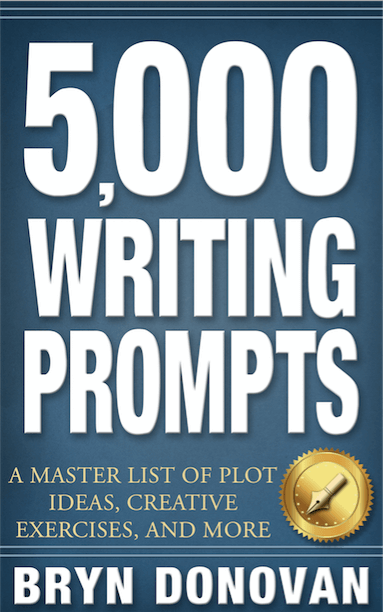




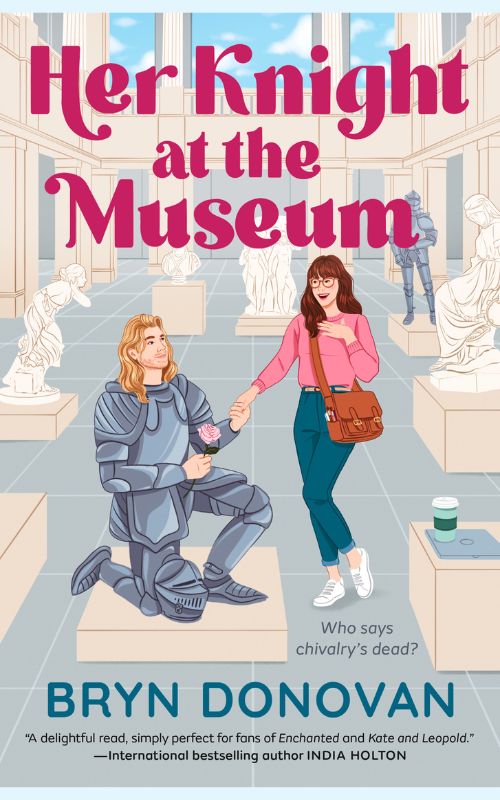

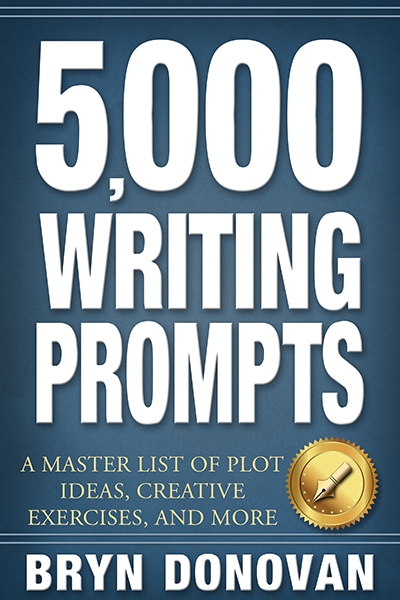
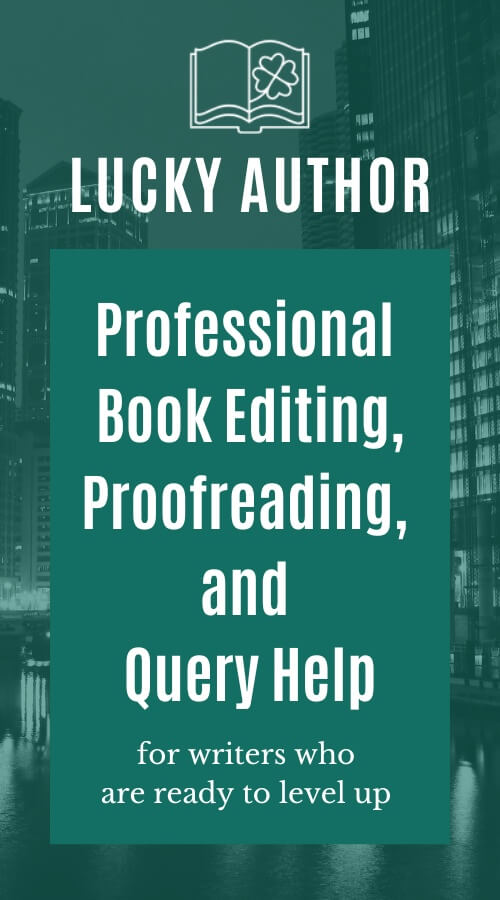
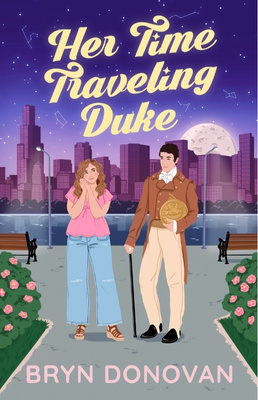
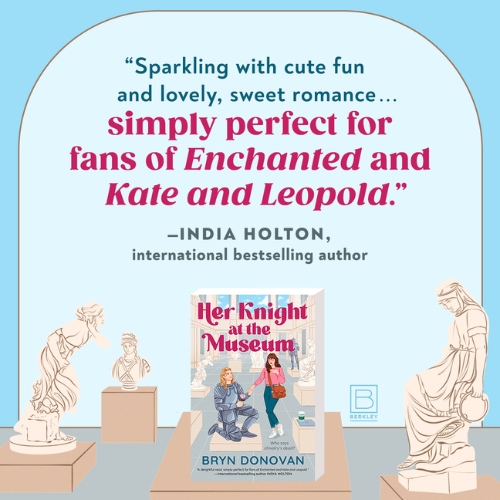
Well, aren’t you the most precious source of scriber knowledge. Thank you, Bryn. You never ceases to amaze me. ???
My favorite adult fiction novel is “Close Enough to Touch” by Colleen Oakley. I think it’s a tricky category for where it might fall, maybe women’s fiction, romance, and/or upmarket. I’m curious as to why Western novels have a low word count?? While I know that middle-grade books fall into the children’s lit, my most favorite book of all time is “The Truth About Twinkie Pie,” by Kat Yeh (middle grade). Thanks for sharing these examples.
Time Travel. The Christmas Carol, for example. Lightening, Dean Kontz, The Time Traveler’s Wife, Dr. Who, and Outlander. The last two are current TV series. A Connecticut Yankee in King Author’s Court, by Mark Twain, is another. I’m sure you can think of more.
It’s a popular genre. I’m starting one now. It’s a little freaky. Wish me luck.
Good luck, Bonnie.
Thank you, Bryan.
Awesome! So helpful. But what about middle-grade fiction? Probably less than young adult?
This was wonderful. Thank you so much. Your posts are always so helpful. I just love it.
Poetry.
Elements of the medieval world in a modern action YA fiction. Knights wear bullet proof vests but carry medieval weapons and hand to hand combat skills,
This is extremely helpful! I will be coming back to this post many times. Thank you for all the information!
I’m so glad it’s helpful! 🙂
How about humorous novels?